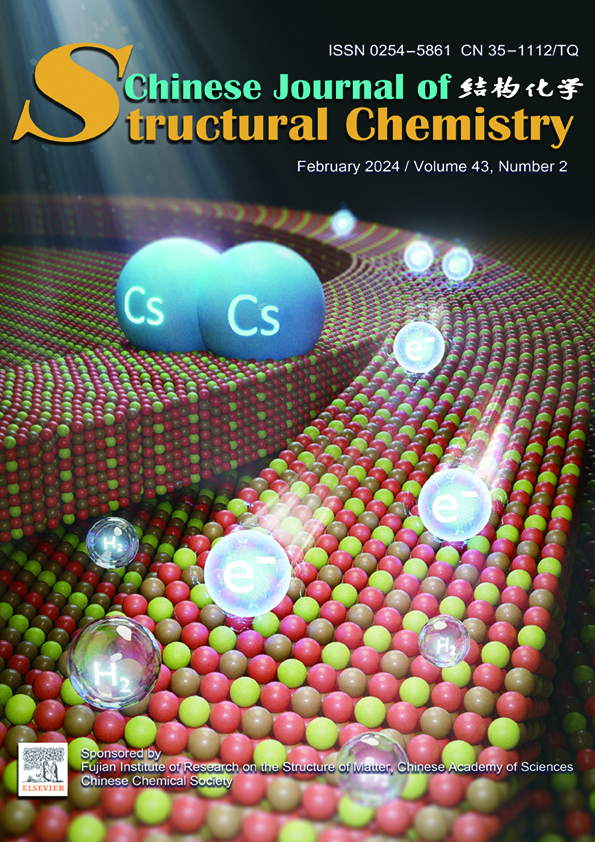Xiaoming Fu, Haibo Huang, Guogang Tang*, Jingmin Zhang, Junyue Sheng, Hua Tang*
Chin. J. Struct. Chem., 2024, 43: 100214. DOI: 10.1016/j.cjsc.2024.100214
February 15, 2024
Carbon nitride; Photocatalyst; Z-scheme systems; Environmental remediation; Energy conversion
ABSTRACT
In the midst of the rapid advancement of photocatalysis, direct Z-scheme heterojunction photocatalysts have emerged as a powerful solution to address environmental challenges and the looming energy crisis. The precise engineering of direct Z-scheme heterojunction photocatalysts proves highly beneficial in optimizing their electronic structure, ultimately enhancing their photocatalytic performance. Notably, graphitic carbon nitride (g-C3N4) has recently gained recognition as a leading candidate for the creation of direct Z-scheme heterojunctions, owing to its favorable attributes such as a moderate band-gap (2.7 eV), high reduction potential and abundant active sites. In this review, we offer a concise overview of the fundamental principles and recent advancements in g-C3N4-based direct Z-scheme photocatalytic systems. Furthermore, we delve into the various practical applications of g-C3N4-based direct Z-scheme photocatalysts, specifically in the realms of energy conversion and environmental remediation. These applications include the removal of contaminant pollutants through photocatalytic degradation, water splitting (comprising H2-generation, O2-evolution, and overall water splitting), and CO2 reduction. Additionally, we present comprehensive characterization methods and strategies aimed at further enhancing the photocatalytic activity of g-C3N4-based direct Z-scheme photocatalytic systems. To conclude, this review offers summarizing insights and a brief discussion on future challenges and prospects pertaining to g-C3N4-based direct Z-scheme photocatalysts. We believe that this review will inspire continued exploration and foster a deeper understanding of the groundbreaking possibilities within photocatalytic activity. This also provides valuable guidance for the design and construction of innovative direct Z-scheme photocatalysts.







